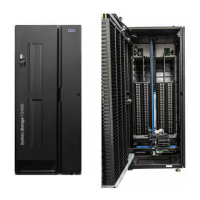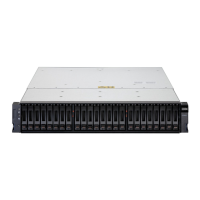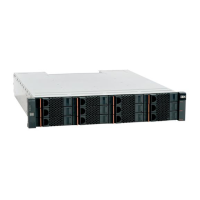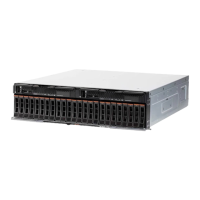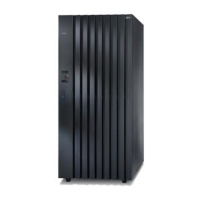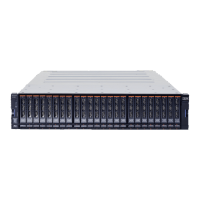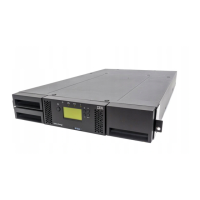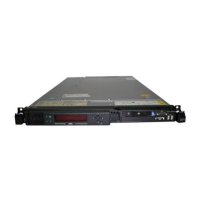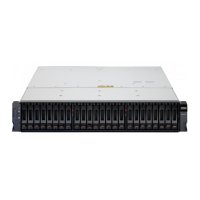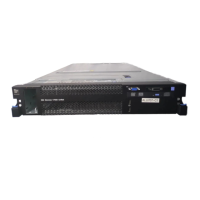188 IBM System Storage N series Hardware Guide
14.1 Primary issues that affect planning
You must determine the following questions during the planning process:
Which model IBM System Storage N series to use.
What amount of storage is required on the IBM System Storage N series.
Which optional features are wanted.
What are your future expansion requirements.
14.2 Performance and throughput
The performance that is required from the storage subsystem is driven by the number of client
systems that rely on the IBM System Storage N series, and the applications that are running
on those systems. Performance involves a balance of the following factors:
Performance of a particular IBM System Storage N series model
Number of disks that are used for a particular workload
Type of disks that are used
How close to capacity the disks being run are
Number of network interfaces in use
Protocols that are used for storage access
Workload mix (reads versus writes versus lookups):
– Protocol choice
– Percentage mix of read and write operations
– Percentage mix of random and sequential operations
– I/O sizes
– Working set sizes for random I/O
– Latency requirements
– Background tasks that are running on the storage system (for example, SnapMirror)
14.2.1 Capacity requirements
A key measurement of a storage system is the amount of storage that it provides. Vendors
and installers of storage systems often deal with raw storage capacities. However, users are
often concerned with available capacity only. Ensuring that the gap is bridged between raw
capacity and usable capacity minimizes surprises at installation time and in the future.
Particular care is required when storage capacity is specified because disk vendors, array
vendors, and client workstations often use different nomenclature to describe the same
capacity. Storage vendors usually specify disk capacity in “decimal” units, whereas desktop
operating systems usually work in “binary” units. These units are often used in confusingly
similar or incorrect ways.
Although this difference might seem to be a subtle, it can rapidly compound in large networks.
This result can cause the storage to be over- or under-provisioned. In situations where
capacity must be accurately provisioned, this discrepancy can cause an outage or even data
loss. For example, if a client OS supports a maximum LUN size of 2 TB (decimal), it might fail
if it is presented with a LUN of 2 TB (binary).
Tip: Always size a storage system to have reserve capacity beyond what is expected to
be its normal workload.

